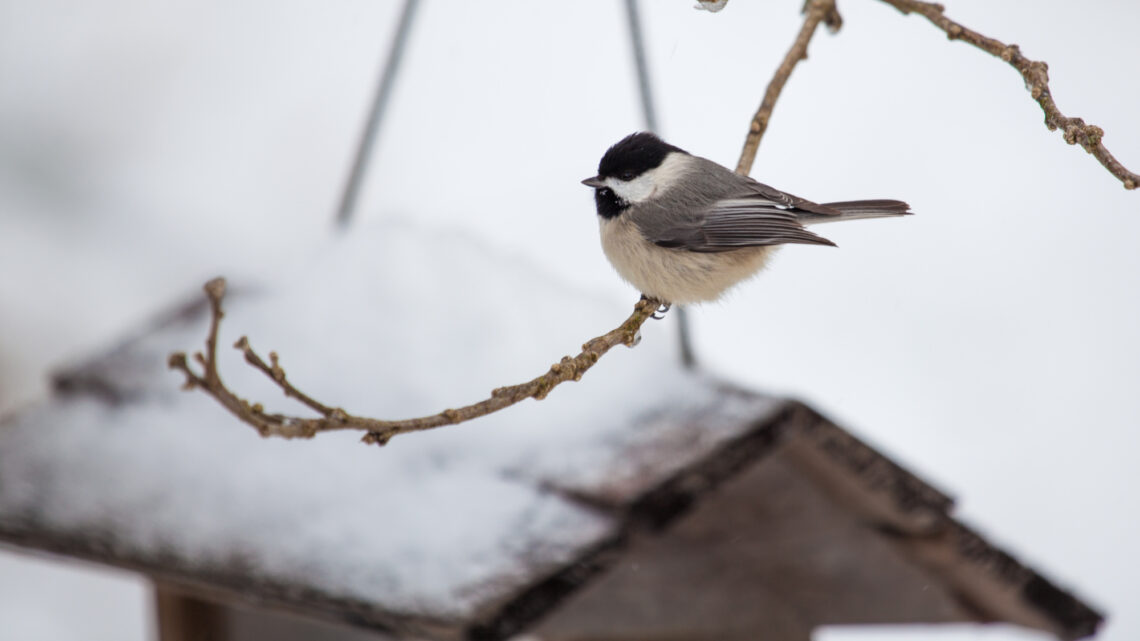Support and Protect Wildlife

The Chesapeake Bay watershed is home to 3,700 species of animals and plants. Year-round wildlife depend on the region for food, water, and shelter—including over a million waterfowl that use the region as their winter home. A food web connects all these species within the region’s ecosystems and these balanced connections are required for a productive and healthy environment. People depend on these healthy ecosystems for a variety of ecosystem services like clean air and water, pollinators, food, and sources for income.
Development and population growth are threatening these ecosystems and the wildlife that depend on them. In water, 82% of the Chesapeake Bay’s tidal waters are partially or fully impaired by toxic chemicals. On land, 70 acres of forests are lost each day and of the remaining, 60% is fragmented making it harder for wildlife to move about. To protect the region’s biodiversity, which supports a healthy ecosystem, the Chesapeake Bay Watershed Agreement includes a Protected Lands goal. In early 2019, 9.16 million acres had been protected which achieves 68% of the goal set for 2025.
Connecting to Issue Investigation
Investigations where students access the health or quality of a habitat can lead to solutions supporting or protecting wildlife. Students might learn of contaminants, invasive species, or human development damaging habitats; or, of a unique space supporting high biodiversity. Actions taken to support or protect wildlife biodiversity would in turn protect the larger ecosystem. With this investigative approach, students can become environmental stewards and create advocacy in our local communities.
For those working towards green school awards, this action can reduce a school’s environmental impact if new green spaces at the schoolyard are created, restored or protected. In addition, the investigations and action can support environmental and sustainability education.
Facilitating Student Action
Students should continue to have opportunities to share ideas and opinions throughout the process of identifying, planning, and implementing action. Listed here are just a few ways students can stay engaged while working on this solution—but there are many more! The complexity of each activity/task can be adjusted for each grade level.
Protect - students can work to protect spaces that currently support wildlife. They can share these spaces with others to garner support.
Restore - students can identify threats like pollution or invasive species that may be decreasing the quality of a habitat. They can propose and act to remove these threats so a space can support more wildlife.
Create - students can create a new space designed for wildlife. For example, turn an unused section of the schoolyard into a wildlife sanctuary that provides food, water and shelter year-round.
Educate - students can educate the school community on why supporting wildlife is needed for a healthy environment and share actions people can take in their parks, yards, and at school.
Advocate - students can advocate for the protection of land and new initiatives that protect wildlife like creating no mow areas, choosing native plants, and avoiding pesticides and herbicides.
Monitor - students can monitor wildlife within defined spaces and use their data to inform next steps.
Share and Celebrate - students can share their work with the school community by giving presentations, creating displays, or writing and delivering morning announcements. Students can also write articles, press releases or invite reporters from the school paper and the local newspaper.
Support and Protect Wildlife Resources
The National Wildlife Federation provides a variety of resources on creating wildlife-friendly spaces. Start on their Create page to get ideas on how to incorporate food, water, cover, and places to raise young in addition to sustainability management practices.
Designing and creating wildlife homes can incorporate engineering, biology and art! Resources can vary in complexity; get inspired with simple habitat homes or review detailed instructions for building homes for a variety of wildlife. Installing homes serves only one habitat need for wildlife; this activity should be a part of a comprehensive habitat assessment. Students should make sure year-round food, water, and shelter is available for wildlife.
The University of Maryland Extension supports a Bay-Wise program which encourages people to garden and landscape for healthy water quality and wildlife. Their Yardstick guide is useful for anyone in the region and provides a comprehensive checklist that can help people design a healthy habitat.
Before starting a project, look for local experts that can help. Find your local Conservation District or Extension Office. Besides providing information, they may also be able to help with habitat supplies like plants. Also, check out state-specific resources to support your next habitat project.
